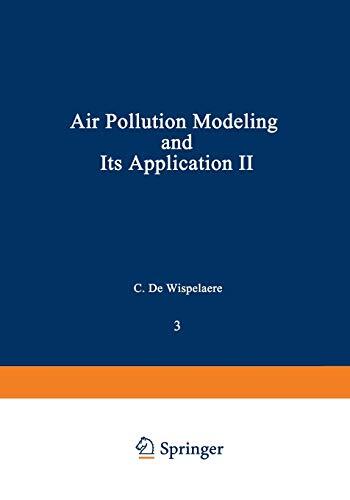
Air Pollution Modeling and Its Application II
によって
C. De Wispelaere
まだ評価がありません
Science & Technology
形式
ペーパーバック
ページ数
873
言語
英語
公開されました
Apr 24, 2012
出版社
Springer
版
Softcover reprint of the original 1st ed. 1983
ISBN-10
1468479431
ISBN-13
9781468479430
説明
This volume delves into the intricate world of air pollution modeling, presenting a comprehensive examination of contemporary challenges faced in environmental science. Authored by C. De Wispelaere, it explores both theoretical frameworks and practical applications that aim to address pressing air quality concerns. Readers are introduced to advanced methodologies that are pivotal for understanding pollution dynamics, including modeling strategies that accommodate various atmospheric conditions.
The book engages with the implications of air pollution on health and the environment, underscoring the urgency of effective modeling. Different case studies are analyzed, illustrating the relationship between pollutants and their effects on urban populations and ecosystems. By integrating empirical data with state-of-the-art modeling techniques, the work provides crucial insights necessary for formulating mitigative strategies.
Field specialists, policymakers, and researchers will find a wealth of information that emphasizes the importance of accurate simulations in decision-making processes. This volume serves as a valuable resource for those committed to advancing air quality management and environmental sustainability. With an emphasis on real-world applications, it paves the way for innovation in air quality modeling and effective pollution reduction strategies.
The book engages with the implications of air pollution on health and the environment, underscoring the urgency of effective modeling. Different case studies are analyzed, illustrating the relationship between pollutants and their effects on urban populations and ecosystems. By integrating empirical data with state-of-the-art modeling techniques, the work provides crucial insights necessary for formulating mitigative strategies.
Field specialists, policymakers, and researchers will find a wealth of information that emphasizes the importance of accurate simulations in decision-making processes. This volume serves as a valuable resource for those committed to advancing air quality management and environmental sustainability. With an emphasis on real-world applications, it paves the way for innovation in air quality modeling and effective pollution reduction strategies.